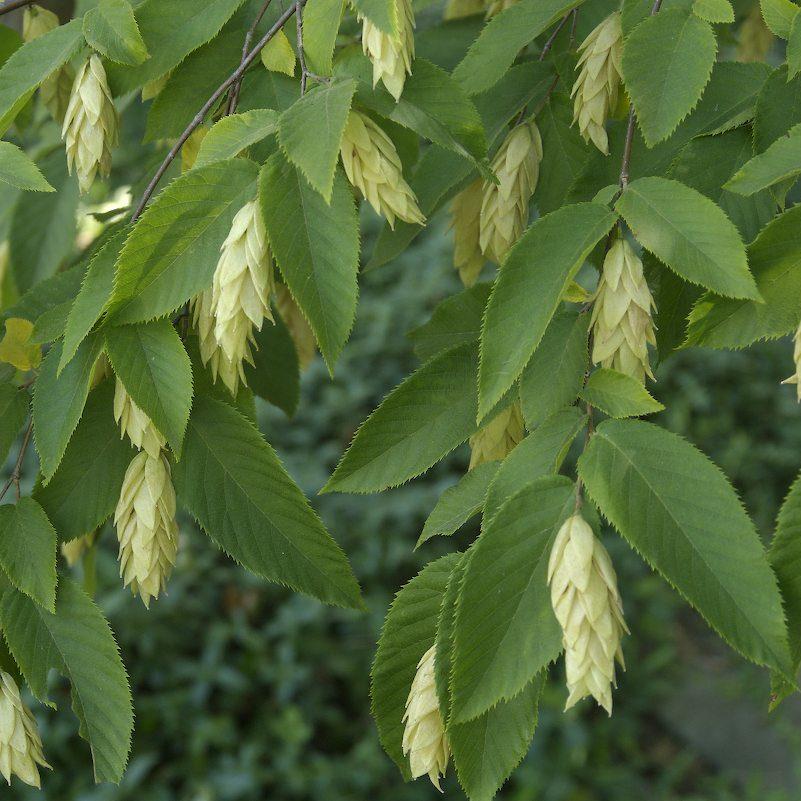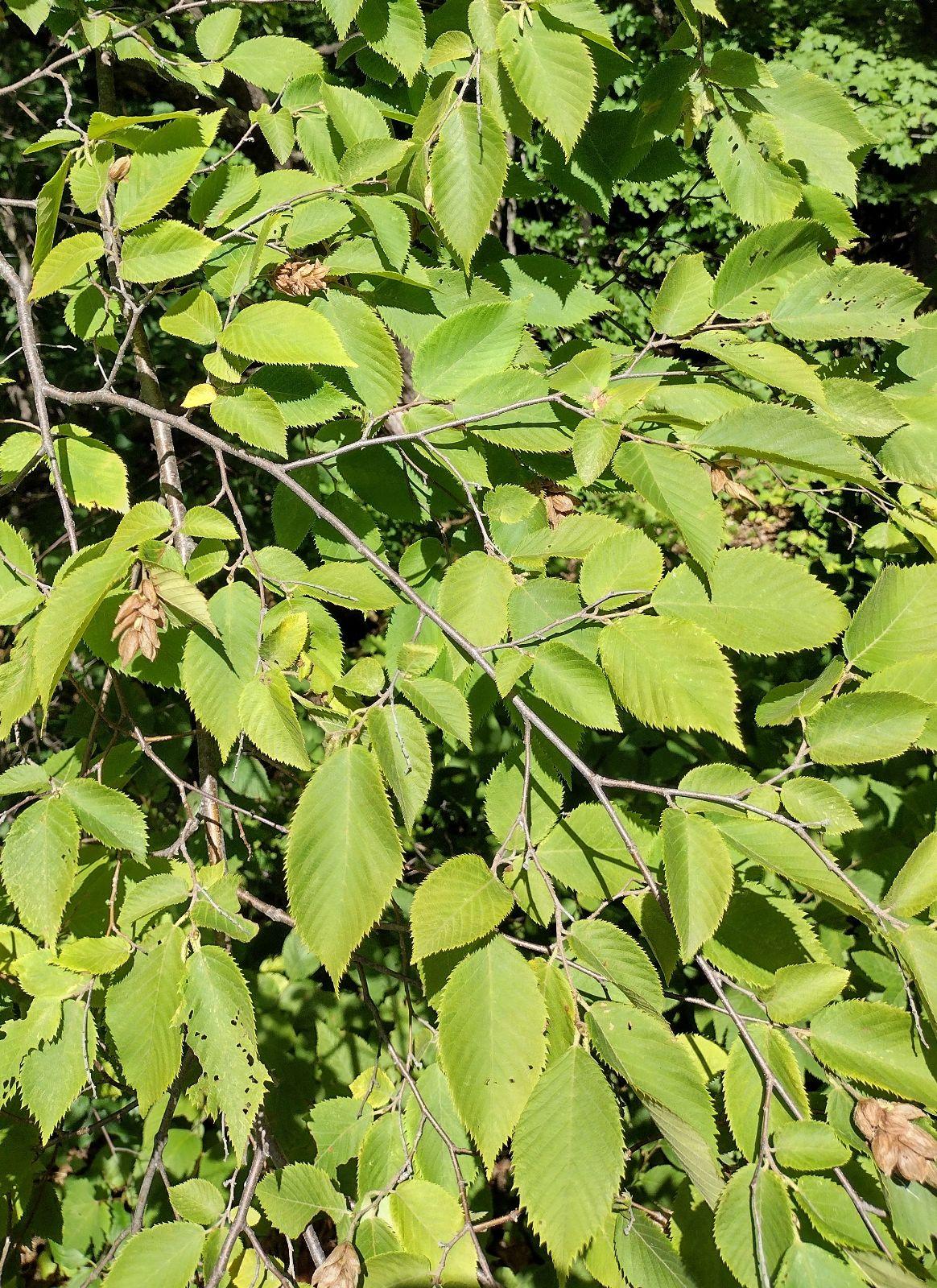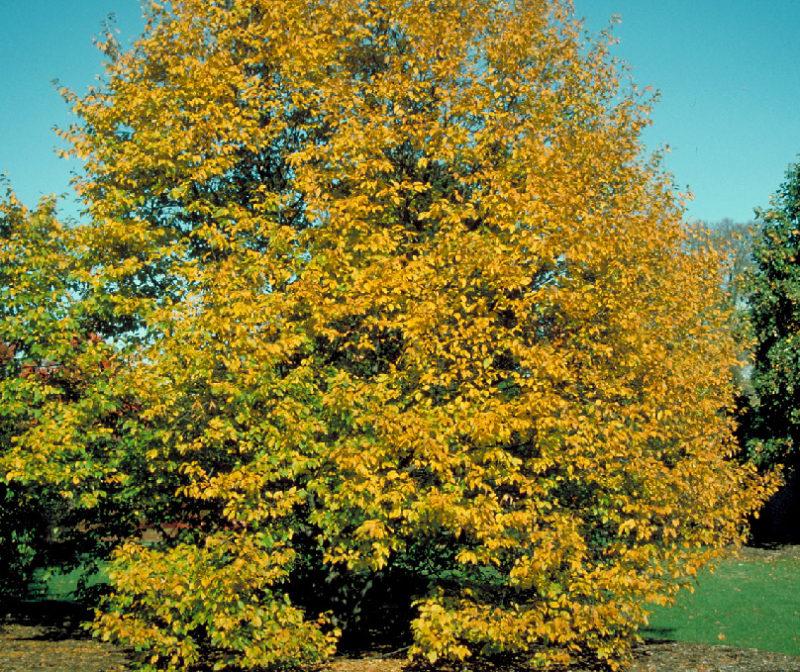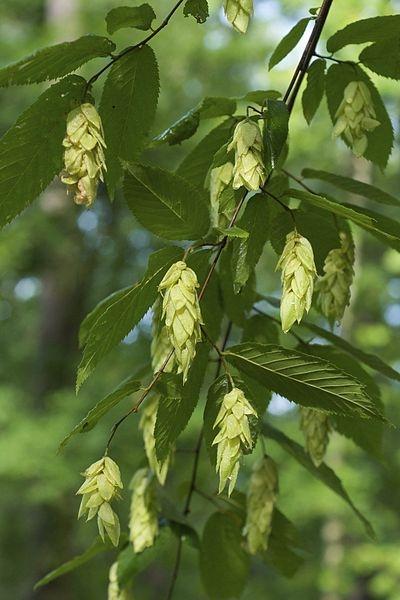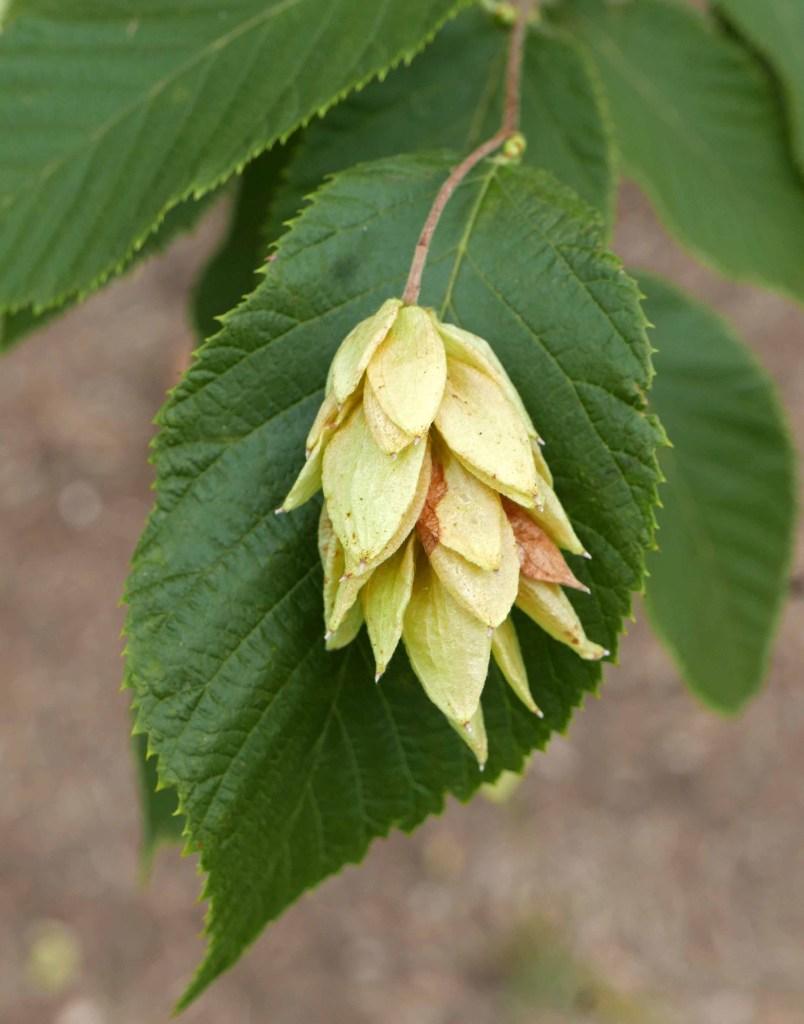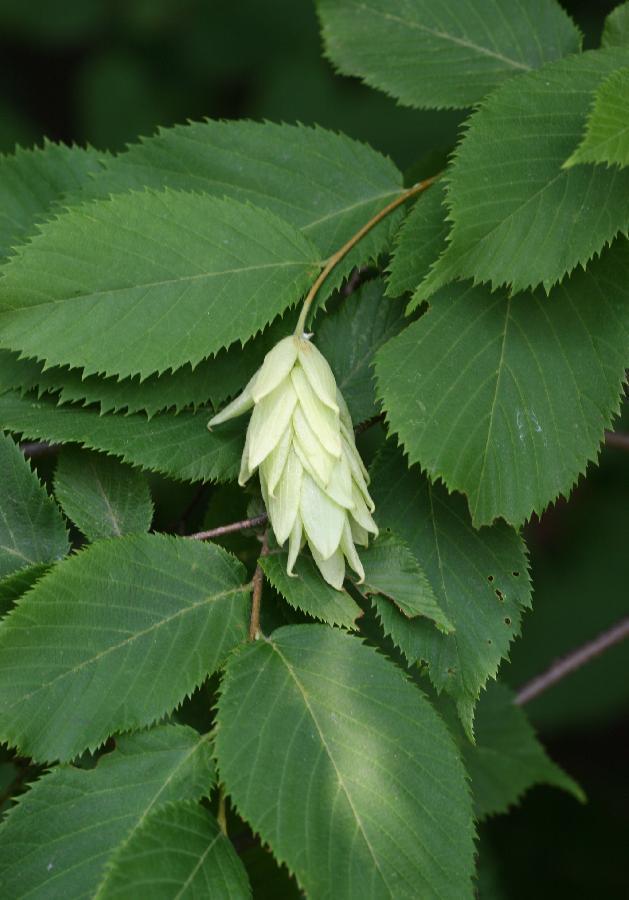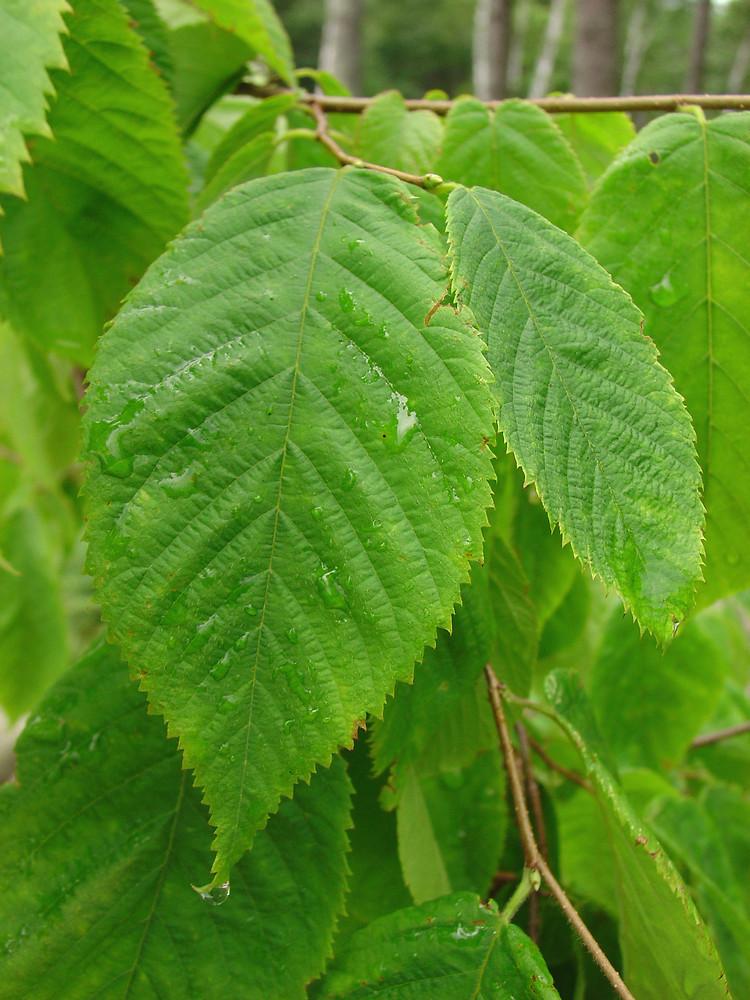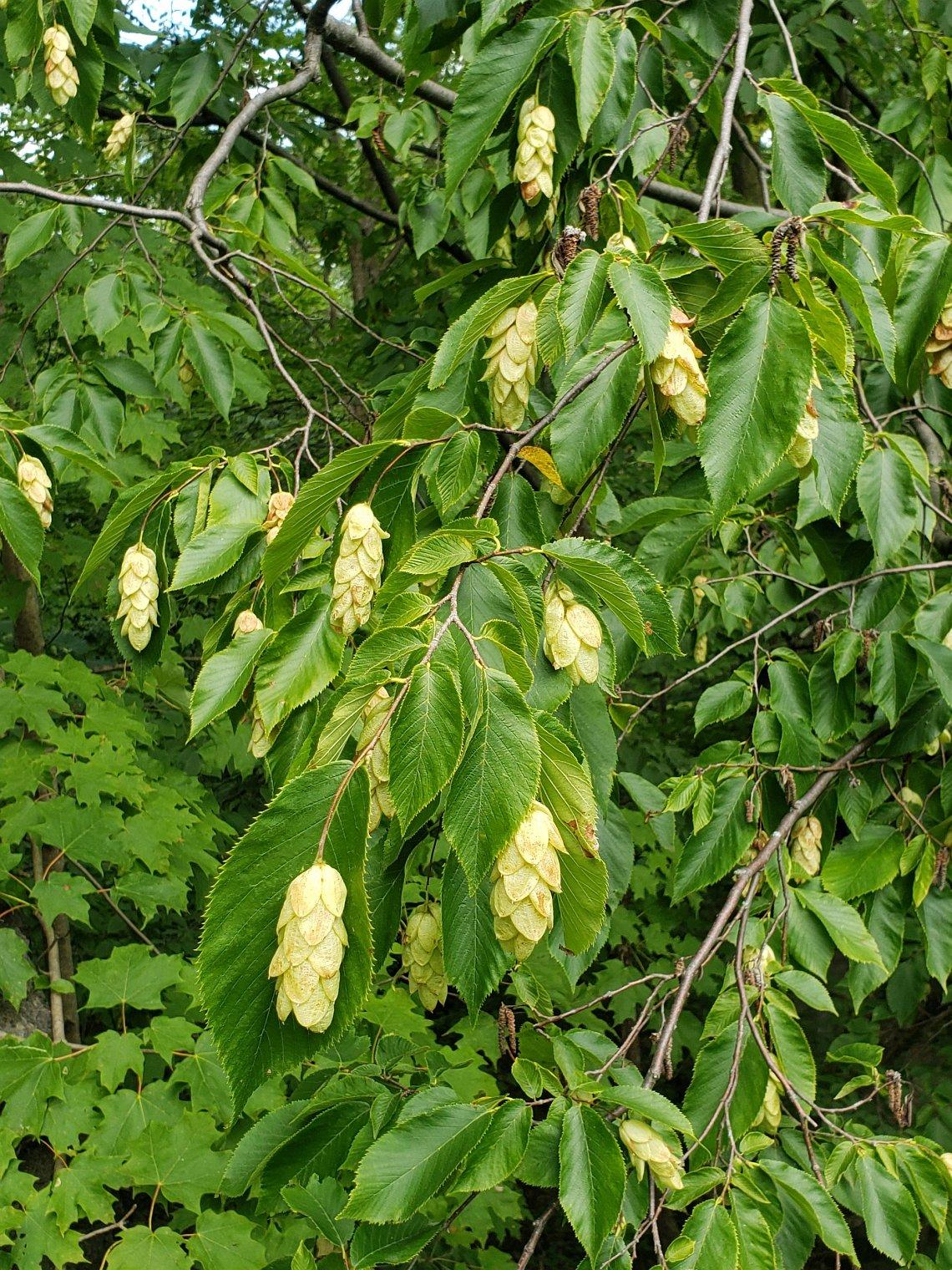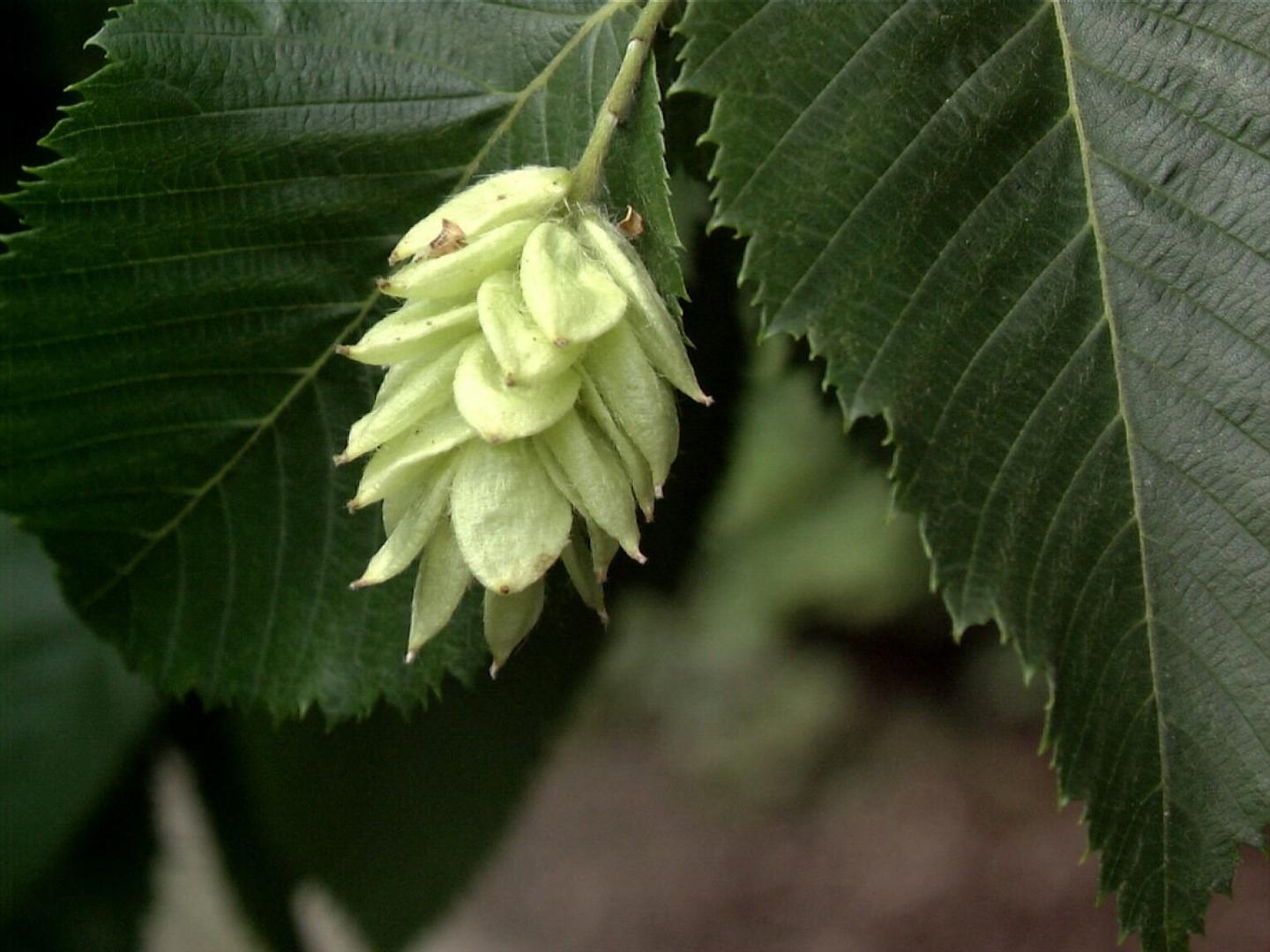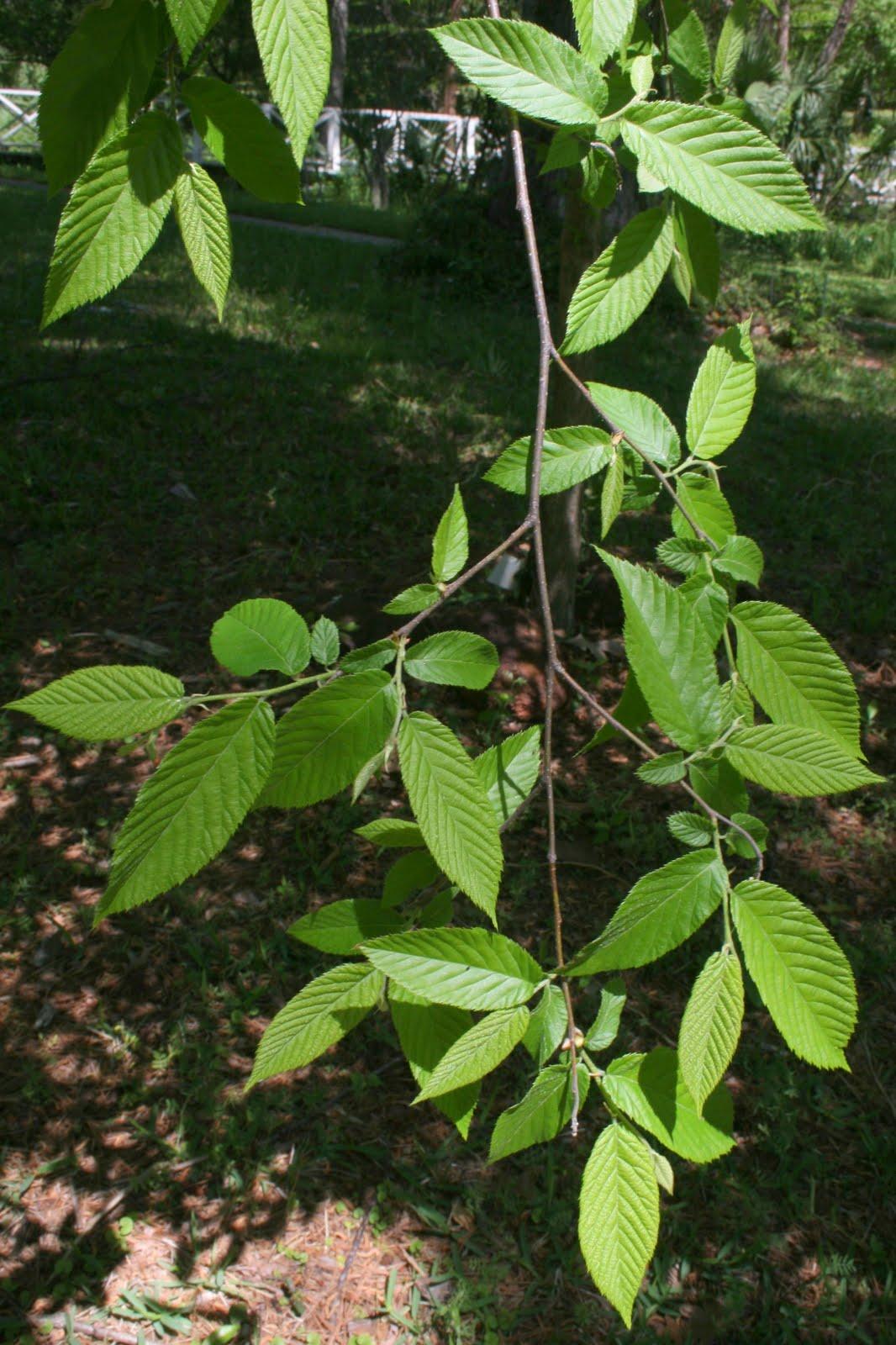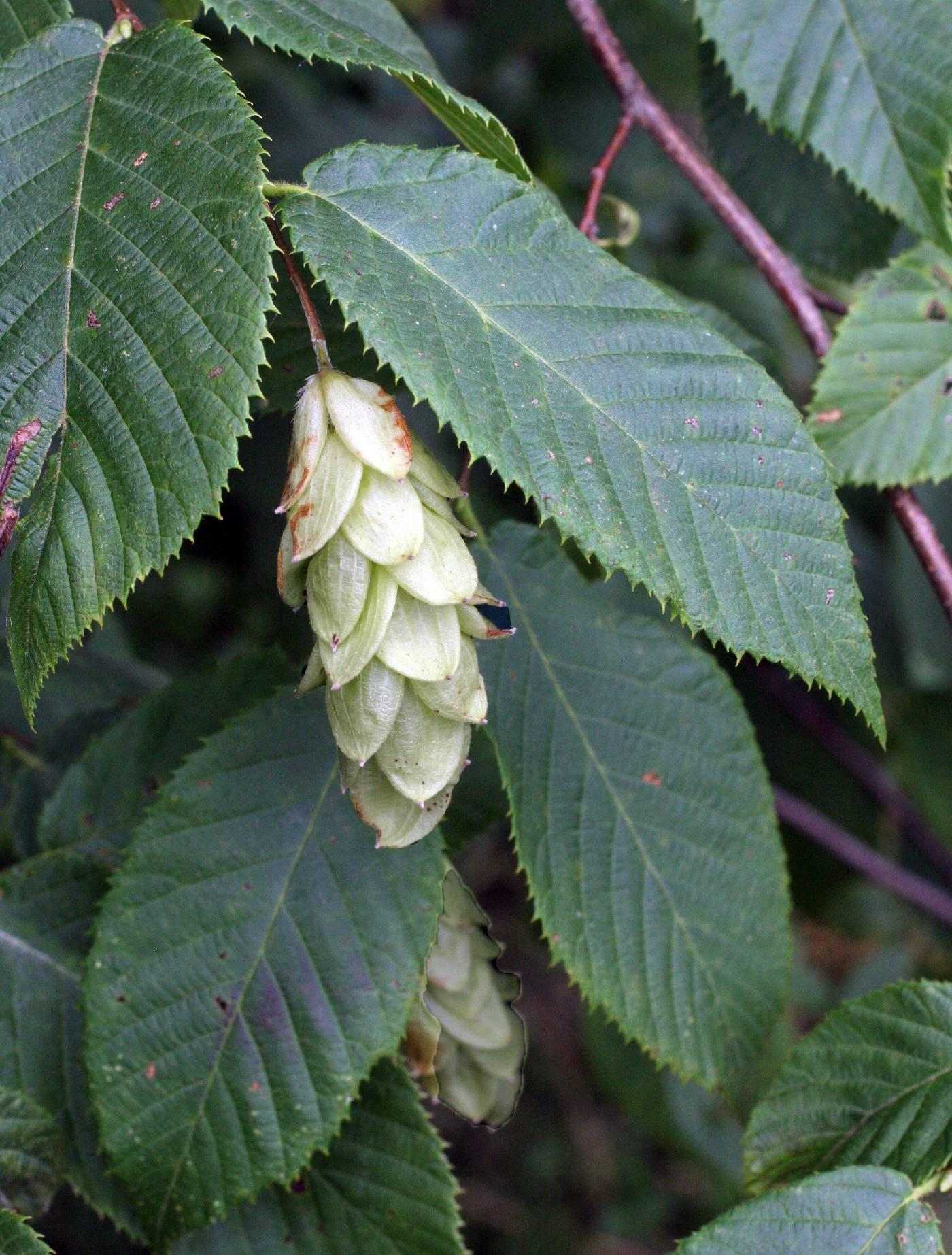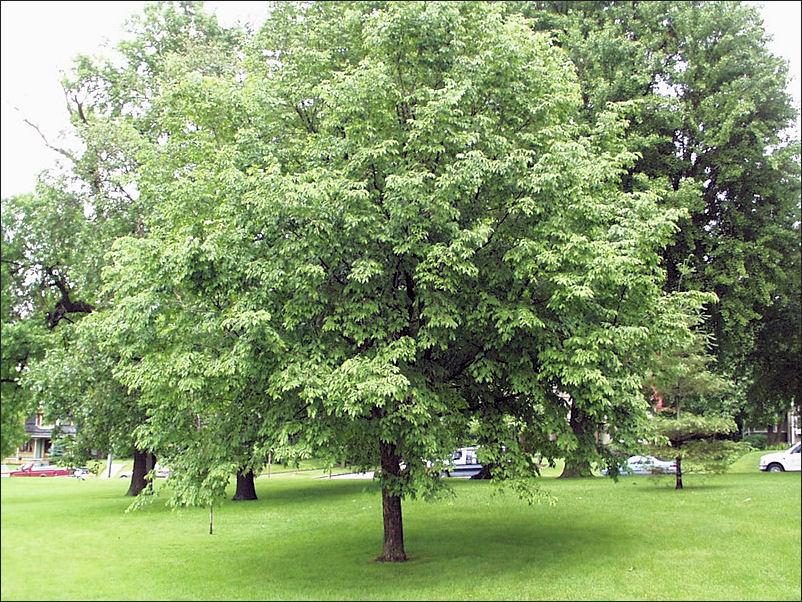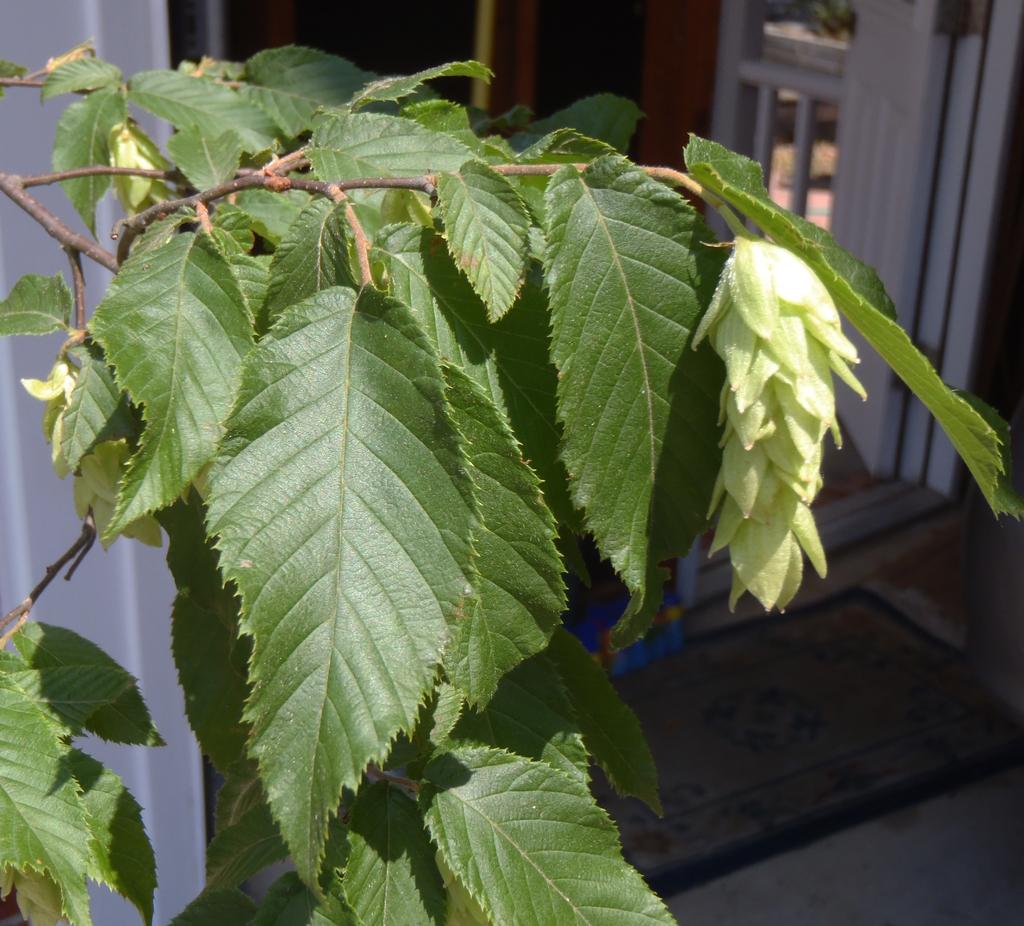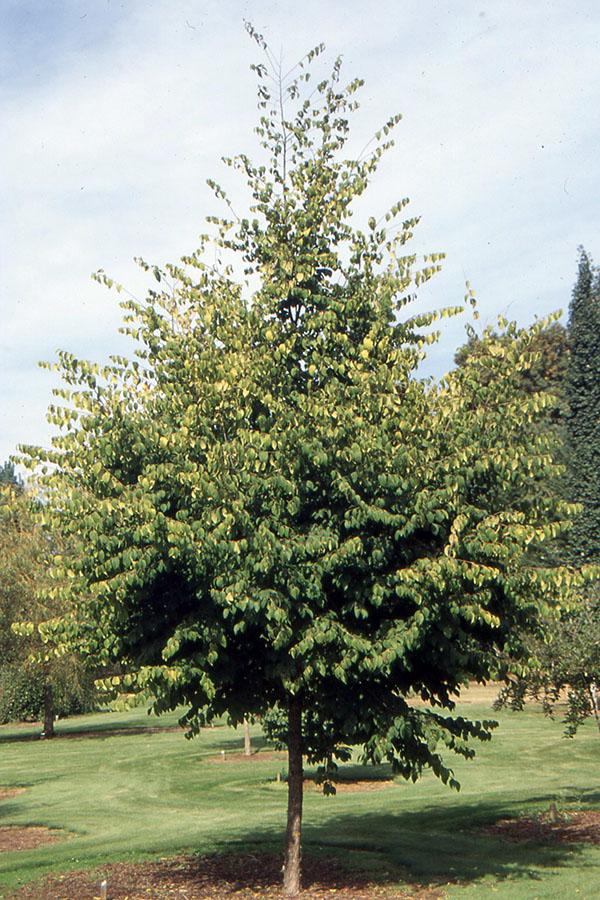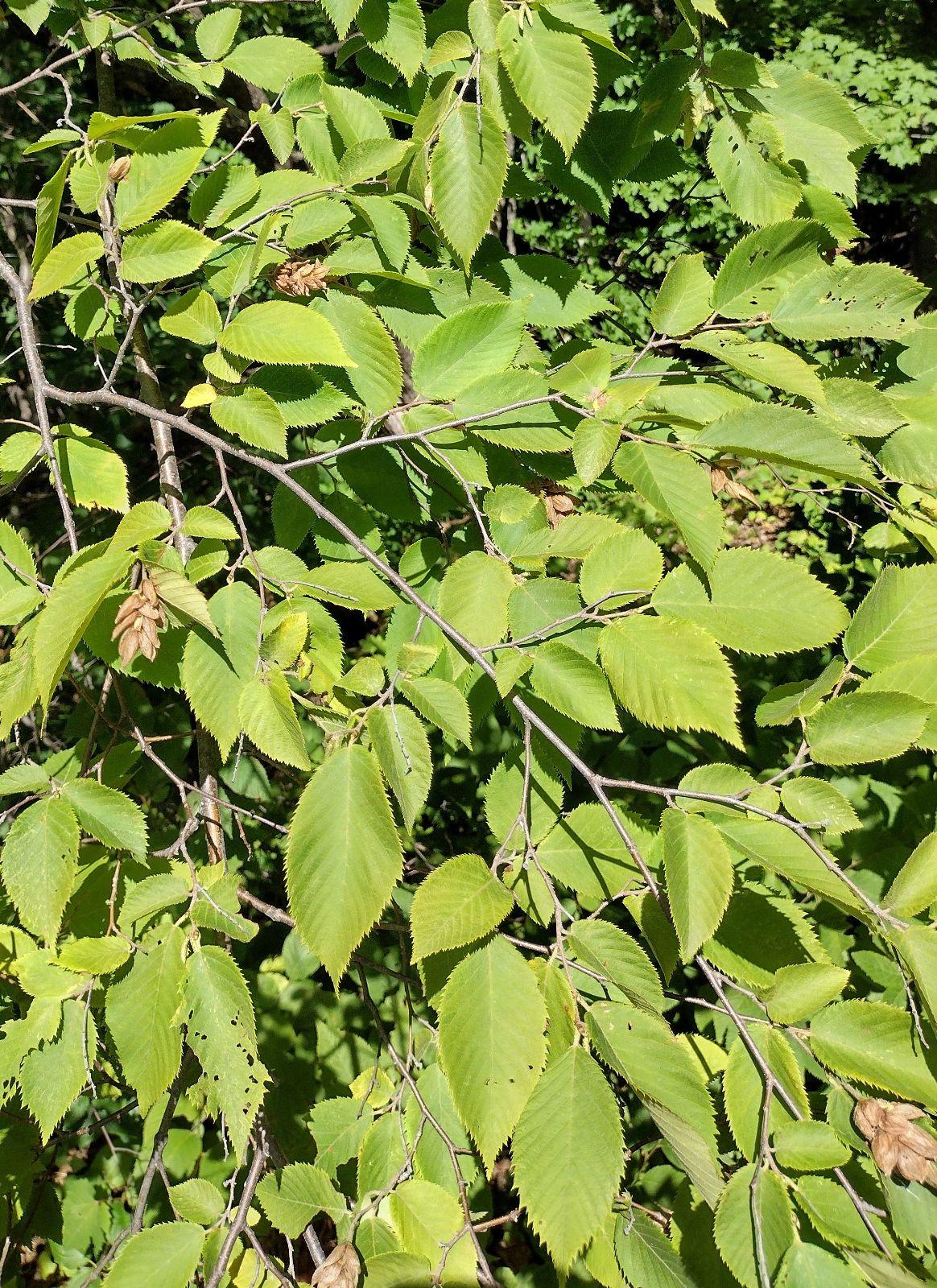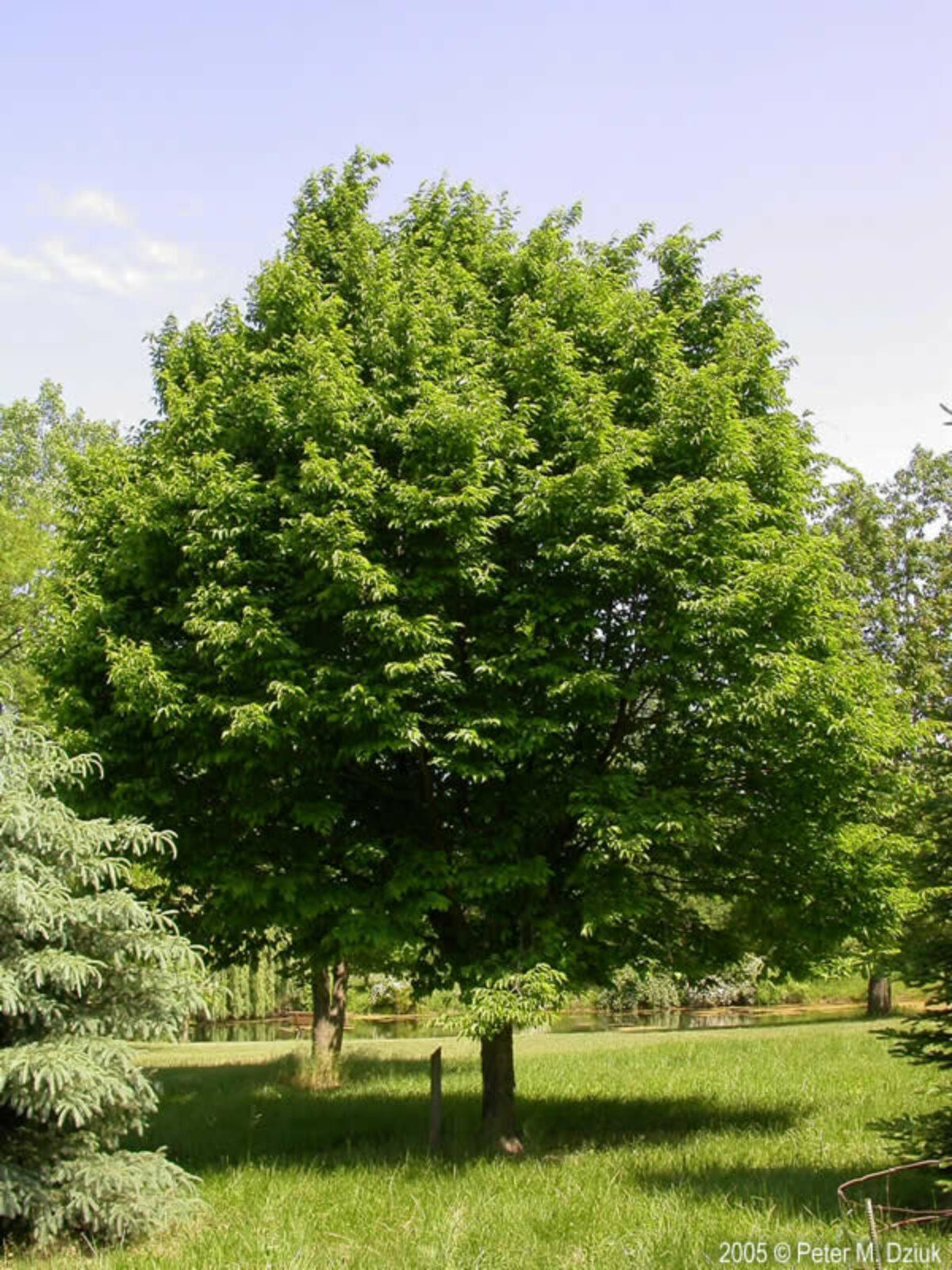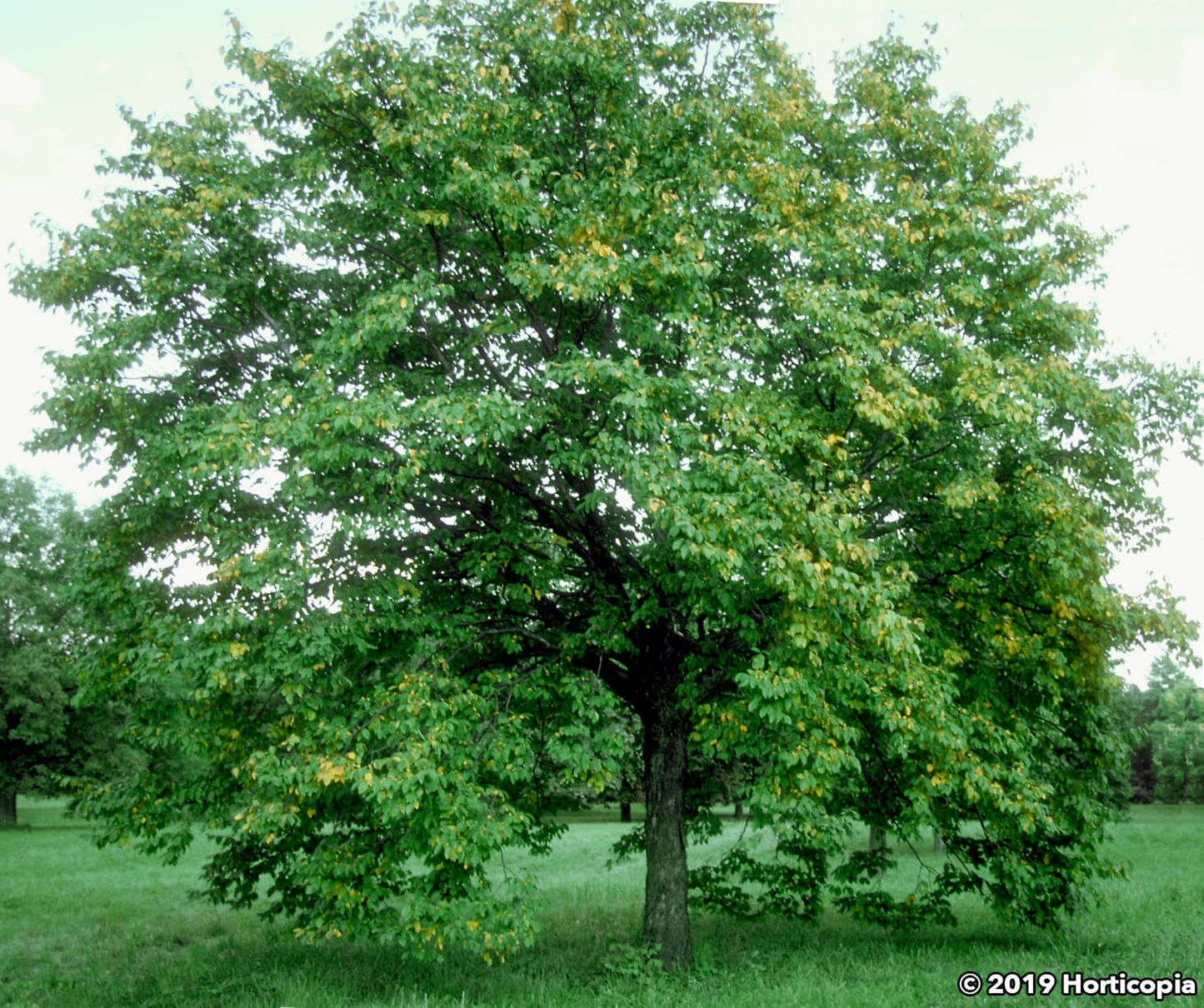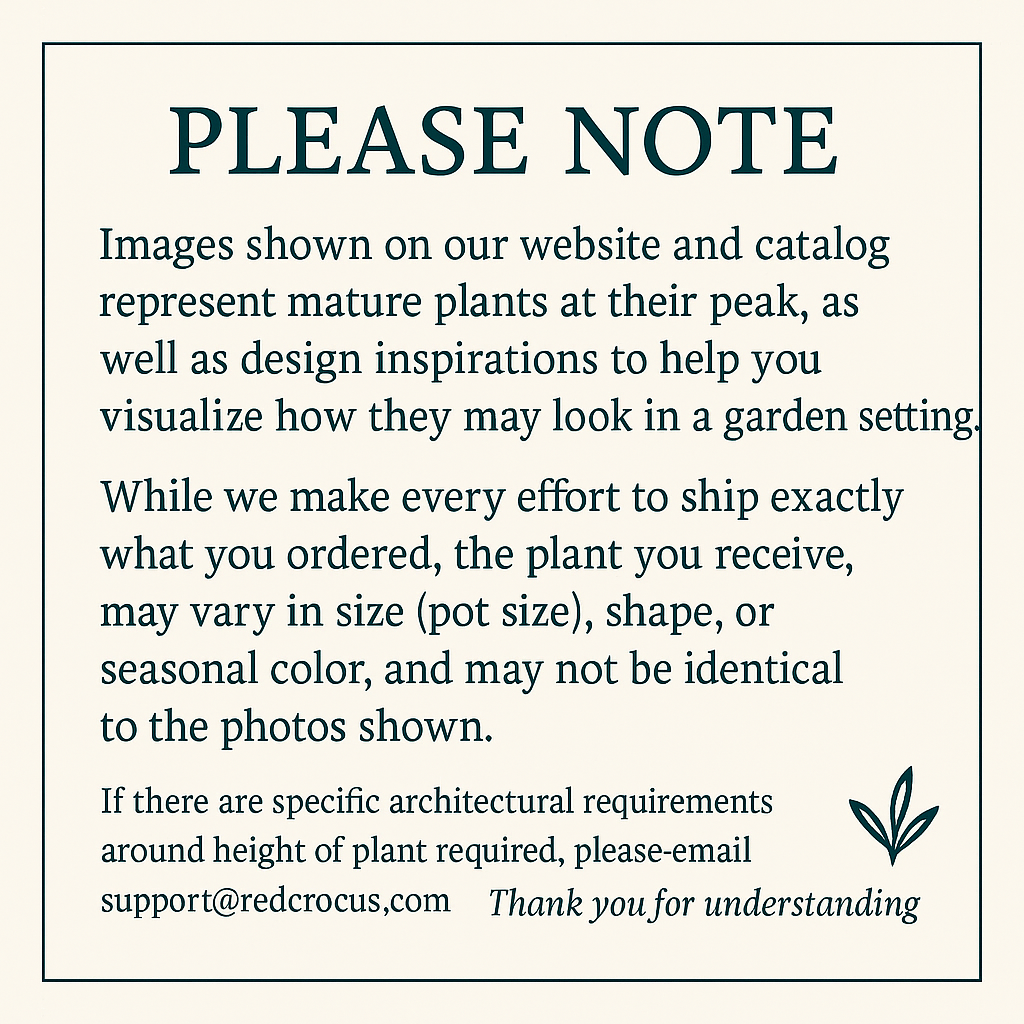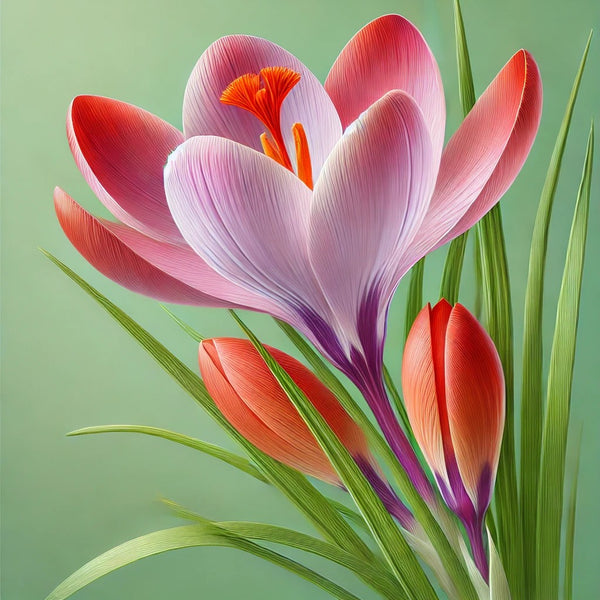1
/
of
22
American Hophornbeam–Ostrya virginiana–Deciduous Shade Tree 2-2.5" cal B&B
American Hophornbeam–Ostrya virginiana–Deciduous Shade Tree 2-2.5" cal B&B
Regular price
$2,008.00 USD
Regular price
$2,610.40 USD
Sale price
$2,008.00 USD
Unit price
/
per
Shipping calculated at checkout.
SKU:nto9767-redcrocus
Couldn't load pickup availability
Ostrya virginiana
Description
Ostrya virginiana, commonly known as the American Hophornbeam, is a deciduous tree native to eastern North America. It is known for its attractive, hop-like fruit clusters and its hard, durable wood. The tree typically grows to a height of 40 to 60 feet and has a rounded, pyramidal shape.
Suggested Uses
This tree is ideal for naturalized areas, woodland gardens, or as a shade tree in residential landscapes. Its hard wood makes it suitable for use in tool handles and other durable wood products.
Plant Details
-
 Botanical Name: Ostrya virginiana
Botanical Name: Ostrya virginiana -
 Common Name: American Hophornbeam
Common Name: American Hophornbeam -
 Size & Growth: 40-60 ft tall, 25-40 ft spread
Size & Growth: 40-60 ft tall, 25-40 ft spread -
 Hardiness Zones: 3-9
Hardiness Zones: 3-9 -
 Foliage Type: Deciduous
Foliage Type: Deciduous -
 Bloom Time: Spring
Bloom Time: Spring -
 Growth Rate: Slow to medium
Growth Rate: Slow to medium -
 Light Requirements: Full sun to partial shade
Light Requirements: Full sun to partial shade -
 Attracts Pollinators: Yes
Attracts Pollinators: Yes -
 Indoor Friendly: No
Indoor Friendly: No -
 Container Friendly: No
Container Friendly: No -
 Deer Resistant: Yes
Deer Resistant: Yes -
 Pet Warning: Non-toxic
Pet Warning: Non-toxic -
 Fragrant: No
Fragrant: No -
 Cut Flower: No
Cut Flower: No -
 Grows Well With: Oak, Maple, Birch
Grows Well With: Oak, Maple, Birch
Care Tips
-
 Planting Instructions: Plant in well-drained soil, in a location with full sun to partial shade.
Planting Instructions: Plant in well-drained soil, in a location with full sun to partial shade. -
 Soil Moisture: Moist, well-drained
Soil Moisture: Moist, well-drained -
 Soil Type: Loamy, sandy, or clay
Soil Type: Loamy, sandy, or clay -
 Humidity: Average
Humidity: Average -
 Pruning Instructions: Prune in late winter to maintain shape and remove dead branches.
Pruning Instructions: Prune in late winter to maintain shape and remove dead branches. -
 Winter Care: Mulch to protect roots in colder zones.
Winter Care: Mulch to protect roots in colder zones. -
 Planting Depth: Plant at the same depth as the nursery container.
Planting Depth: Plant at the same depth as the nursery container. -
 Fertilization: Fertilize in early spring with a balanced fertilizer.
Fertilization: Fertilize in early spring with a balanced fertilizer. -
 Special Care: Avoid waterlogged conditions to prevent root rot.
Special Care: Avoid waterlogged conditions to prevent root rot.
Share
